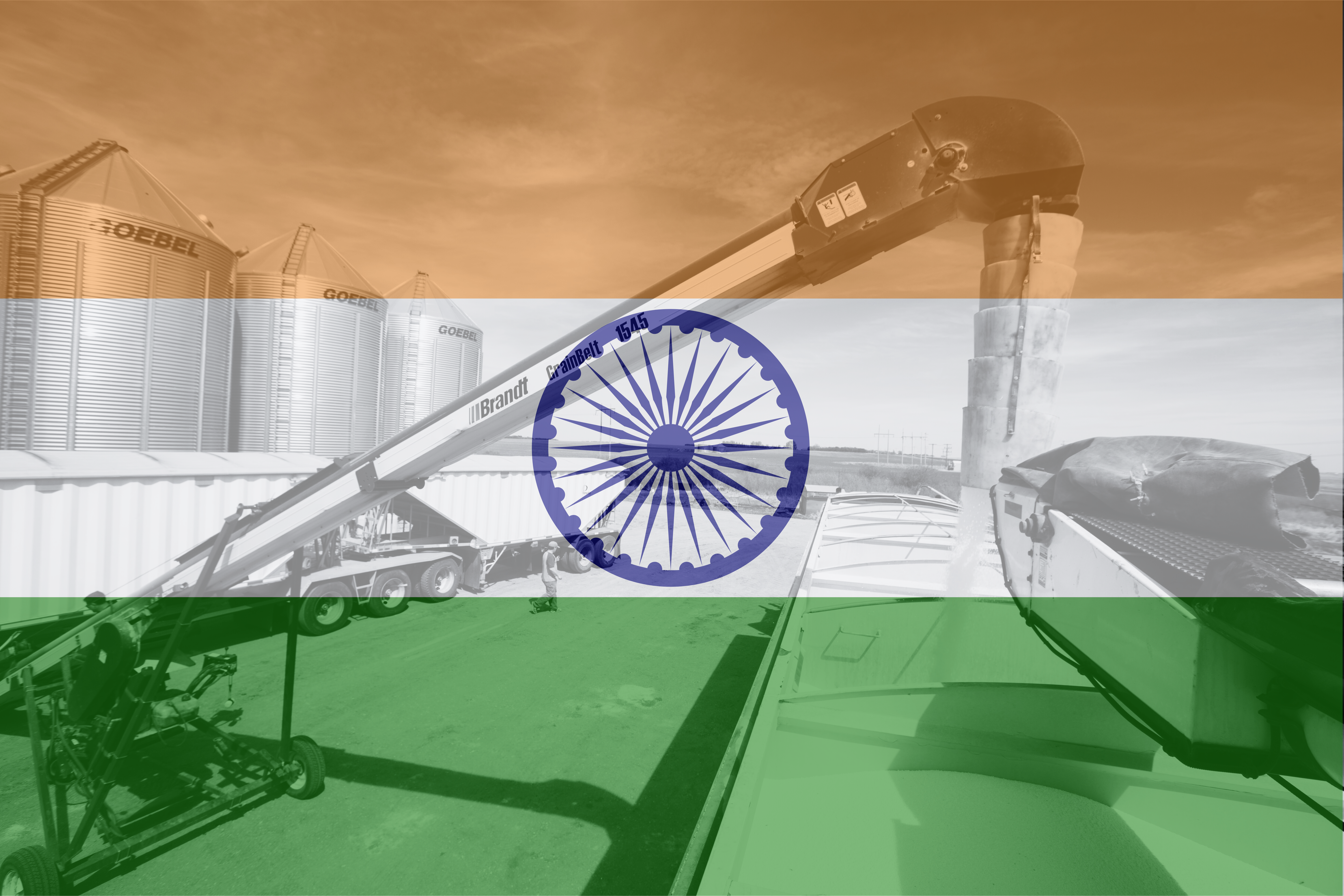By G. Chandrashekhar
May 2025
India has once again attracted the world’s attention with a record import of 6.5 million tonnes of various pulses in 2024/25, nearly 40% higher than the 4.8 million tonnes in 2023/24 which itself was twice the average imports in each of the previous three years.
The stark reality is that India’s planted area and production have shown a declining trend after peaking in 2021/22. With supply-demand fundamentals tightening, the country’s policymakers had no choice but to liberalize imports.
The fall in pulse production is attributed to a steady decline in planted area combined with frequent weather aberrations. Climate change is beginning to take a toll. As a tropical nation, India is vulnerable to the adverse effects of climate change.
The planted area has declined from the peak of 30.6 million hectares (ha) in 2021/22 to 26.9 million ha in 2024/25. Specifically, chickpea or chana area has declined from 11.2 million ha in 2022/23 to 10.5 million ha in 2023/24 and further down to 9.9 million ha in 2024/25.
After peaking at 27.3 million tonnes in 2021/22, India’s annual production of pulses is trapped in the 25-26 million tonnes range last three years. While these are official figures, private estimates suggest a 5-8% lower output.
To augment availability and rein-in price rise, the government allowed liberal import of many pulses – pigeon pea, black matpe, lentil, chickpea, and yellow pea. Of these, yellow pea, lentil, and pigeon pea accounted for over 70% of overall import volume.
India’s import policy has undergone changes from time to time that in turn has created huge uncertainty among the value chain participants in the global and domestic market. To be fair, the government is struggling to balance the interests of growers and consumers, a daunting challenge.
Currently, India’s import policy presents a mixed picture. Pigeon pea and black matpe imports are allowed free until March 2026. From April 1, 2025 desi chana and lentil imports attract a basic customs duty of 10%. Yellow pea import is allowed until May 31, 2025 (Bill of Lading date). Import of cow pea and red kidney bean (rajma) is unrestricted. Moong and green pea import is restricted.
Based on relative prices, chickpea (desi chana) and yellow pea are largely each other’s substitute in India. At the moment, huge inventory of yellow pea is proving to be burdensome – due to excessive import, some argue. A section of the trade has demanded suspension of yellow pea import or imposition of import tariff.
However, Indian policymakers are in no hurry to tinker with the current policy. Control of food inflation is top priority for the government. Meantime, trading houses are likely to maximize contracts for yellow pea import so that the goods are shipped out to India on or before May 31, the cutoff date for Bill of Lading.
Be that as it may, the next big event for Indian agriculture in general and pulse cultivation in particular is the onset and progress of Southwest monsoon starting early June.
Preliminary forecast of the India Meteorological Department for 2025 is that the Southwest monsoon seasonal (June to September) rainfall over the country as a whole is most likely to be above normal (that is, 105% of Long Period Average of 870 millimeters) with a model error of +/- 5%.
An updated version of the forecast is expected to be published by the end of May. In the last three years, despite forecasts of normal rainfall, actual performance has proved to be somewhat elusive with stark regional variations. The Southwest monsoon normally hits the Southern Indian coast of Kerala by June 1 and gradually progresses northwards.
Key pulse crops sown during the time (called the Kharif season) include pigeon pea (tur/arhar), black matpe (urad), and moong. Production targets for various Kharif season crops set by the Agriculture Ministry are yet to be released.
Overall, the Indian pulse market is waiting for direction. On current reckoning, uncertainties lie ahead. It would be risky to hazard a guess when the picture is hazy. Will yellow pea import be curtailed or extended? Will pulses be affected by the ongoing global tariff war? Onset and progress of monsoon as well as progress of crop planting from June will provide some guidance. Festival season starting August through October will boost consumption.
It would be most appropriate to review the Indian market conditions by early July when there would be a lot more clarity than at present in terms of rainfall, prices, and government policy.
G. Chandrashekhar is a Mumbai-based Economist, Senior Editor, and Policy Commentator with agribusiness and commodity markets specialization. He provides policy inputs for the Indian government. He is an Independent Director on corporate boards and an Independent Member of Indian market regulator’s committee SEBI-CDAC. Views are personal. He can be reached at gchandrashekhar@gmail.com.


